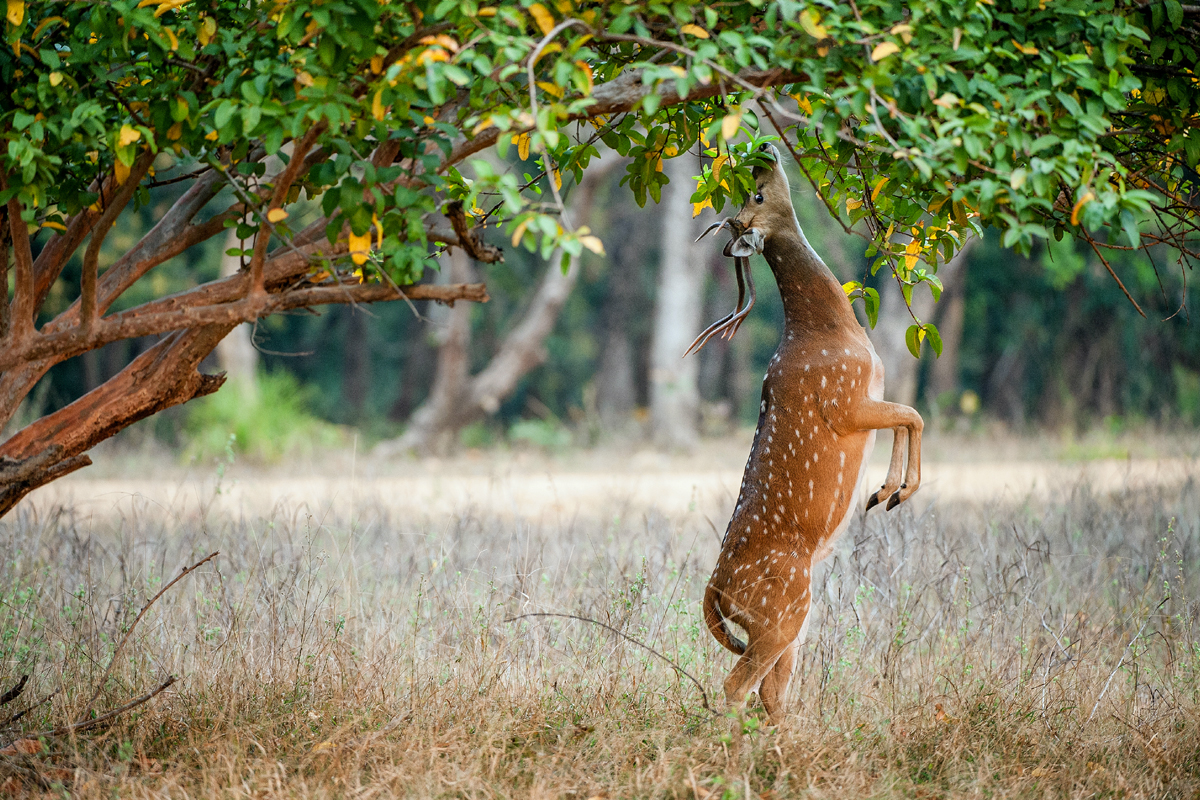For those who’re totally in love with nature, here’s a piece of interesting information. There is the little known Adina Deer Park in the district of Malda that forms an ideal rescue and rehabilitation centre for deer population.
Sprawling over 10 hectares of an area enclosed with fences, the park is at a distance of about 51 km from Raigunj and is nearly one and half hour drive from the town. In an effort to explore the biodiversity of the deer park, a team of researchers from Raigunj University led by professor Amal Bhattacharya took up a survey early this month.
Advertisement
Set up in 1982, Adina Deer Park is an open miniature zoo and is looked after by the Central Zoo Authority. According to Bhattacharya, head of the department of Zoology, Raigunj University, the park is incidentally a breeding centre for cheetal or spotted deer. There are around eight nilgais found in the park while the current population of spotted deer stands at 46.
Advertisement
The park authorities are looking ahead to introduce more number of faunal species with the help of exchange programme and intend to add deer species like hog deer and barking deer. One of the major challenges encountered by the park is the rapid increase in deer population creating shortage of space and the problem of foraging. The park authorities make a sincere effort to provide fodder for the deer and nilgai population that includes maize grain, wheat grain and salt.”
There is a forested area adjacent to the deer park stretching over 80 hectares of land. Bhattacharya said, “The best way to counter the rise in deer population is to increase the fenced area of the deer park. Besides, the deer park harbours avifauna like paradise flycatcher and migratory avian species like Asian open billed storks.
There are resident avian species like fish eagle and paradise flycatchers while the wetland avian migrators are jacanas and kingfishers.” The park has a steady flow of domestic travellers and till now, has no such global tourists. Bhattacharya further said, “Most tourists head to the park for the purpose of sightseeing. There were around 73,000 visitors last year. It is significant to bring down the annual flow of tourists since the faunal species get disturbed and frightened with an increasing number of tourists into the park.” The park offers sound options for taking up research and behavioural study of faunal lives as well.
Advertisement











